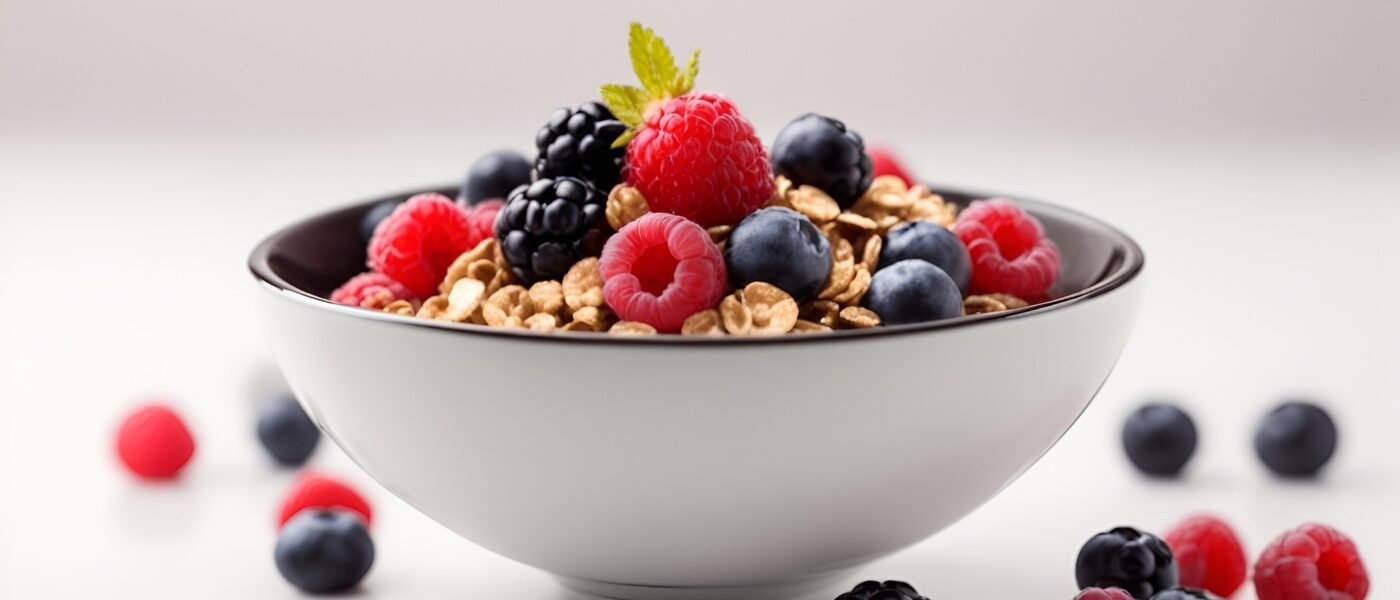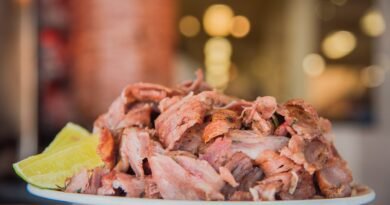Are you curious about the benefits of Ancient Grain in a Healthy Cereal? If so, you’re not alone! Ancient grains have garnered significant attention in recent years, becoming a staple in health-conscious diets. These unprocessed, nutrient-rich grains have been cultivated for thousands of years and are renowned for their health benefits. As the demand for wholesome, natural foods continues to rise, ancient grains have found their way into breakfast cereals and other meals, making them an essential part of a healthy diet.
In this blog, we’ll dive deep into what ancient grains are, explore their numerous advantages, and provide practical tips on how to incorporate them into your diet.
What are Ancient Grains?
Ancient grains refer to cereal grains that have remained largely unchanged over the centuries. Unlike modern grains, which have been extensively modified and processed, ancient grains retain their original structure and nutrient profile. They are highly valued for their health benefits and nutritional richness. Some popular examples of ancient grains include:
- Quinoa
- Amaranth
- Millet
- Spelt
- Farro
These grains not only offer unique flavors and textures but also enhance the nutritional quality of breakfast cereals and other dishes.
Effects of Ancient Grain in a Healthy Cereal
The nutritional profile of ancient grains is impressive, contributing to their growing popularity in healthy eating. Here are some of their key benefits:
1. Protein-Rich Grains
Ancient grains like quinoa are packed with protein, making them an excellent choice for those looking to increase their protein intake. Protein is crucial for growth, muscle repair, and overall body function.
2. High in Fiber
Fiber is essential for maintaining a healthy digestive system. Ancient grains are rich in dietary fiber, which aids digestion and helps stabilize blood sugar levels. This means they can prevent spikes and crashes in energy levels, keeping you feeling fuller for longer.
3. Packed with Vitamins and Minerals
Ancient grains are a treasure trove of essential nutrients. They are rich in B vitamins, which are vital for brain health and energy production, as well as minerals such as iron, magnesium, and zinc, which support various bodily functions.
Common Ancient Grains
Let’s take a closer look at some specific ancient grains that can significantly enhance your diet:
Farro
Farro is an ancient wheat grain that boasts high levels of protein, magnesium, and fiber. It has a chewy texture and a nutty flavor, making it a perfect addition to soups and salads.
Quinoa
Known for being a complete protein source, quinoa is rich in fiber and iron. It can be used as a base for salads or served as a rice alternative.
Spelt
Spelt is another ancient wheat grain that is high in fiber and protein. It is often used in baked goods, providing a unique taste and texture to bread and cookies.
Amaranth and Millet
Amaranth is gluten-free and high in calcium and protein, while millet is renowned for its high magnesium and phosphorus content. Both can be used to make porridge or added to various dishes for extra nutrition.

Health Benefits of Ancient Grains in a Healthy Cereal
Incorporating ancient grains into your diet can lead to numerous health benefits, particularly when they are featured in breakfast cereals. Here are some compelling reasons to choose ancient grain cereals:
1. Improved Digestion
The high fiber content in ancient grains promotes healthy digestion and prevents constipation. This not only supports gastrointestinal health but also contributes to overall well-being.
2. Stable Blood Sugar Levels
Unlike refined grains, ancient grains have a lower glycemic index, leading to a slower rise in blood sugar levels. This makes them an excellent choice for maintaining energy levels throughout the day.
3. Weight Management
The combination of protein and fiber in ancient grains helps you feel full and satisfied, reducing the likelihood of overeating. This makes them an effective tool for weight management.
4. Disease Prevention
Ancient grains contain antioxidants and anti-inflammatory properties that can help protect the body from oxidative stress and reduce the risk of chronic diseases.
5. Gluten Sensitivity
Many ancient grains, such as amaranth and millet, are gluten-free, making them suitable for individuals with gluten sensitivities or celiac disease.
How to Include Ancient Grain Cereals in Your Diet
Incorporating ancient grain cereals into your daily meals can be both enjoyable and nutritious. Here are some simple ways to add them to your diet:
1. Smoothie Topper
Sprinkle ancient grain cereals over your morning smoothie for an added crunch and a nutritional boost. This combination enhances the smoothie’s fiber and protein content.
2. Snack Mix
Create a portable snack mix by combining ancient grain cereals with nuts and dried fruit. This makes for a satisfying, nutrient-dense snack that’s perfect for on-the-go.
3. Baking Ingredient
Use ancient grain cereals in your baking recipes to enhance the nutritional value of bread, muffins, and cookies. They add a unique flavor and texture while making your baked goods healthier.
Choosing the Right Ancient Grain in a Healthy Cereal
When selecting ancient grain cereals, it’s essential to make informed choices. Here are some tips:
- Opt for High Fiber and Protein: Look for cereals that are rich in fiber and protein to maximize health benefits.
- Avoid Artificial Ingredients: Choose cereals with minimal ingredients and no added sugars or artificial flavors.
- Consider Your Preferences: Select flavors and textures that you enjoy to ensure you’ll incorporate them into your meals regularly.
Conclusion
Ancient Grain in a Healthy Cereal into nutritious food offers a delicious and healthful way to enhance your diet. These nutrient-dense grains provide essential vitamins, minerals, and fiber, contributing to overall wellness. By choosing cereals that feature ancient grains, you can enjoy a satisfying breakfast that supports digestive health, maintains steady energy levels, and helps regulate blood sugar. Embracing ancient grains not only diversifies your meals but also promotes a balanced lifestyle, making them a smart addition to any health-conscious diet.
FAQs About Ancient Grain in a Healthy Cereal
1. What are ancient grains?
Ancient grains are whole grains that have been cultivated for thousands of years. Examples include quinoa, farro, spelt, millet, and teff. They are often less processed than modern grains.
2. Why are ancient grains considered healthier?
Ancient grains are typically higher in protein, fiber, vitamins, and minerals compared to refined grains. They also have a lower glycemic index, which can help with blood sugar control.
3. Can ancient grains be gluten-free?
Some ancient grains, like quinoa and millet, are gluten-free, making them suitable for individuals with gluten sensitivities. However, others, like spelt and farro, contain gluten.
4. How can I include ancient grains in my breakfast?
You can look for cereals made with ancient grains, add cooked ancient grains to yogurt or smoothies, or use them in homemade granola recipes.
5. Are ancient grains more expensive than regular grains?
While some ancient grains may be pricier, their nutritional benefits and unique flavors can make them a worthwhile investment for your health.




